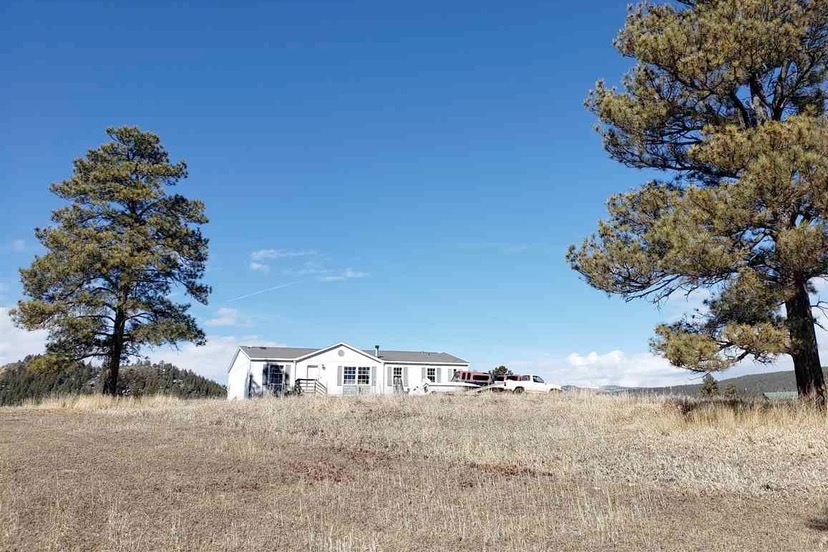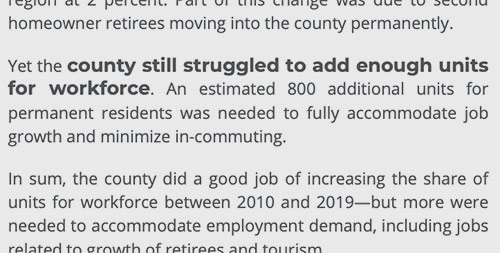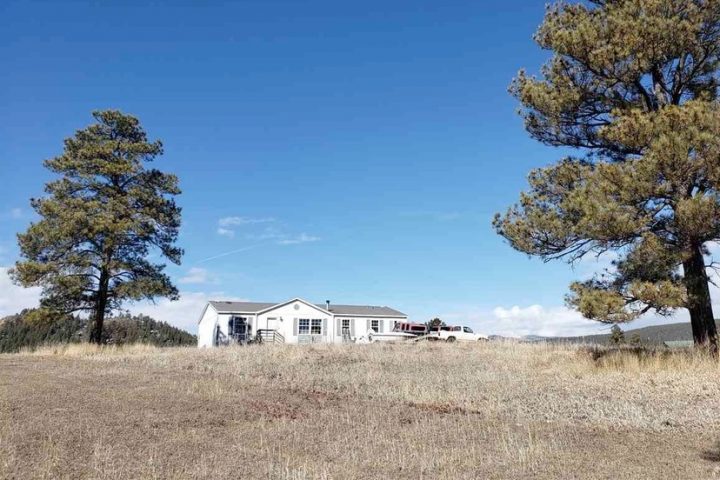Once upon a time, humans tended to care about their neighbors, and even go out of their way to help them.
But times have changed. The people in Pagosa Springs who care about their neighbors, and who would go out of their way to help them, seem to be a vanishing breed.
Instead, what many Pagosa residents seem to care about most, is their own personal wealth, their privacy, and the resale value of their property.
One of the best things that can happen to you, if you care deeply about the resale value of your home, is to see a beautiful, obviously expensive home erected on the lot next door. A house that visibly displays the wealth of its occupants reflects well on the value of the surrounding homes.
One of the worst things that could happen, would be to see a small, poorly-built shack erected next door. That is to say, if you care mostly about your personal wealth and your property values.
The Archuleta County Land Use Regulations (LURs) and the Town the Pagosa Springs Land Use and Development Code (LUDC), and local homeowner associations’ Covenants, Conditions & Restrictions (CC&Rs) have had that idea — the preservation of real estate value — carefully incorporated into their concepts.
Small, poorly-built shacks have been basically outlawed. Large, expensively-built homes have been encouraged, particularly in neighborhoods that already feature large, expensively-built homes. This pattern has served a certain segment of the population, while making life progressively more difficult for another segment.
The question facing our elected leaders, since about 2005, has been: “How long can this pattern continue, until the community fails to function?”
In 2023, we are witnessing just such a failure taking place. The employees who keep the economy running are increasingly required to work multiple shifts, due to poor staffing at local businesses and government agencies. Thus, we’re at risk of ‘burning out’ our existing workers.
Necessary jobs are going unfilled. Law enforcement is understaffed. Medical services are understaffed. Retail is understaffed. Sanitation is understaffed. The construction industry is understaffed. Schools are understaffed. The tourism industry — restaurants, lodging, recreation — is understaffed.
The cost of this failure — social and economic — is mounting. What can be done?
Here’s County Development Director Pamela Flowers, addressing the Board of County Commissioners on July 5. She is explaining that the Colorado Department of Local Affairs (DOLA) has millions of dollars — hundreds of millions — to support workforce housing construction projects from voter-approved Prop 123. But the County must choose to ‘opt in’ to the program. And as part of ‘opting in’, the County must commit to increasing affordable workforce housing by 9% over the next three years.
So 3% per year. Perhaps 30 new units, total? 10 units per year?
“We would have to commit to providing new units…”
Commissioner Ronnie Maez:
“Is that just ‘commit’ to doing it, or actually doing it?”
Ms. Flowers:
“We would have to commit… so we would have three years to get to 30 units… [DOLA] really looks at you in the three-year window. Over those three years, we would be able to get the [Prop 123] grant money, but if we don’t achieve our goals, we won’t be able to get grant money beyond that…”
A 2021 study by Root Policy Research stated that Archuleta County had a serious shortage of workforce housing units, due in part to an unregulated vacation rental market.
Root Policy put the shortage at an estimated 800 units. From that study:
Now the County is discussing 10 units per year as a goal? At that rate, it would take 80 years to address the shortage documented by Root Policy in 2021. (According to my pocket calculator.)
Another interesting aspect to this discussion is the definition of “workforce housing” implied in our current discussions.
Aside from their discussion about Prop 123 grants, Ms. Flowers and the BOCC agreed, last week, to change the County Land Use Regulations (LUR).
One of the changes:
Dwelling Density Bonus. In any Zoning District, where permitted as a Use by Right (Agricultural/Ranching – AR, Agricultural Estate – AE, Rural Residential – RR, Residential – R, or Commercial – C), a Dwelling Density Bonus is allowed with Administrative Review and Approval, for the construction of an Affordable Workforce Housing Unit (AWHU), as long as the parcel has one (1) acre or more. Up to two (2) Bonus AWHUs are allowed on parcels of ten (10) acres or more.
The term ‘Affordable Workforce Housing Unit’ did not appear in the previous version of the LUR. It’s a slightly curious idea. We all know (if we’ve been reading the local news) that employers are struggling to find and keep employees in Pagosa Springs, and the reason often given by the potential employees is, “Sorry, I can’t find a place to live, that I can afford.”
Of course, it’s not only working families who are unable to find affordable housing in Archuleta County. Retired community members are also struggling, along with disabled individuals. But a “Workforce” is seen (by some) as essential to our economy. Retirees and the disabled, maybe not so much?
For about two decades now, the County government has seen this housing problem coming, which is why the BOCC helped fund a Housing Needs Assessment in 2008. But the political beliefs of our elected commissioners — the belief that, for example, tourism and recreation ought to be generously subsidized by tax money, but housing should rely entirely on market forces — have consistently prevented the BOCC from taking significant actions to address the crisis.
For example, in 2018, when the Town and County had the opportunity to help fund a “roadmap” of housing policies that have proven useful in other communities, the Town Council jumped at the chance, but the BOCC refused to participate.
Apparently, things have gotten bad enough to cause even the BOCC reconsider its beliefs.
Let’s look at that change once more:
Dwelling Density Bonus. In any Zoning District, where permitted as a Use by Right (Agricultural/Ranching – AR, Agricultural Estate – AE, Rural Residential – RR, Residential – R, or Commercial – C), a Dwelling Density Bonus is allowed with Administrative Review and Approval, for the construction of an Affordable Workforce Housing Unit (AWHU), as long as the parcel has one (1) acre or more. Up to two (2) Bonus AWHUs are allowed on parcels of ten (10) acres or more.
Where I live, downtown, you can built four dwelling units on a 1/6 acre parcel. With a special application the Town Planning Department, you can build up to 8 units on a 1/6 acre parcel.
In the unincorporated county, meanwhile, you can now build two dwelling units on your property… so long as you own more than one acre. (You own less than one acre? Sorry, you can’t have two dwelling units.)
And this, my friends, is a radical change, for our BOCC. More changes on the horizon?



